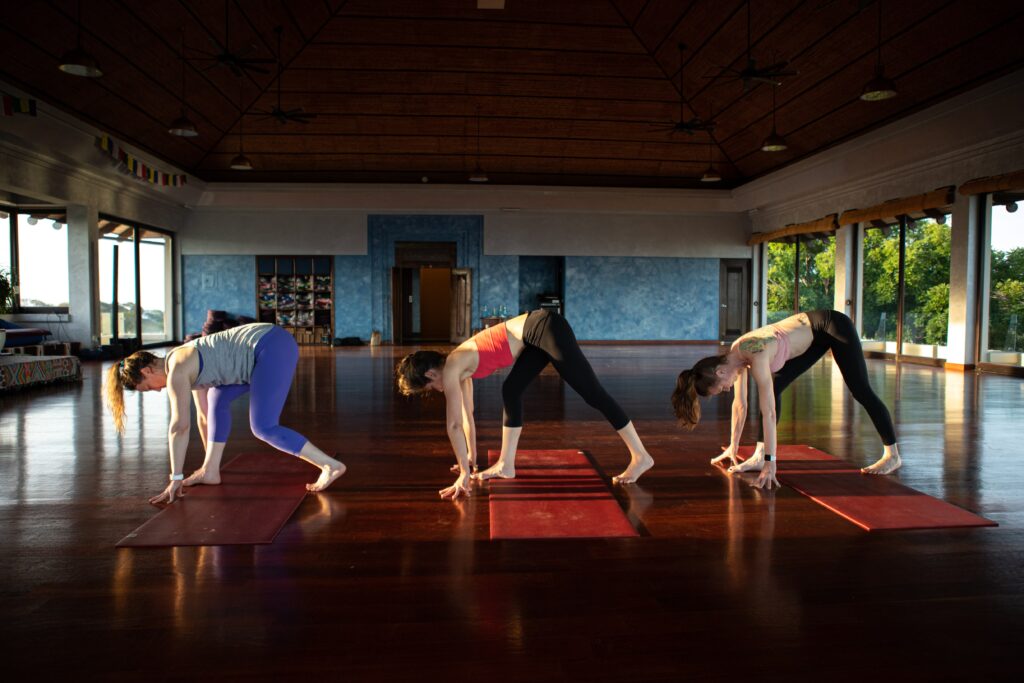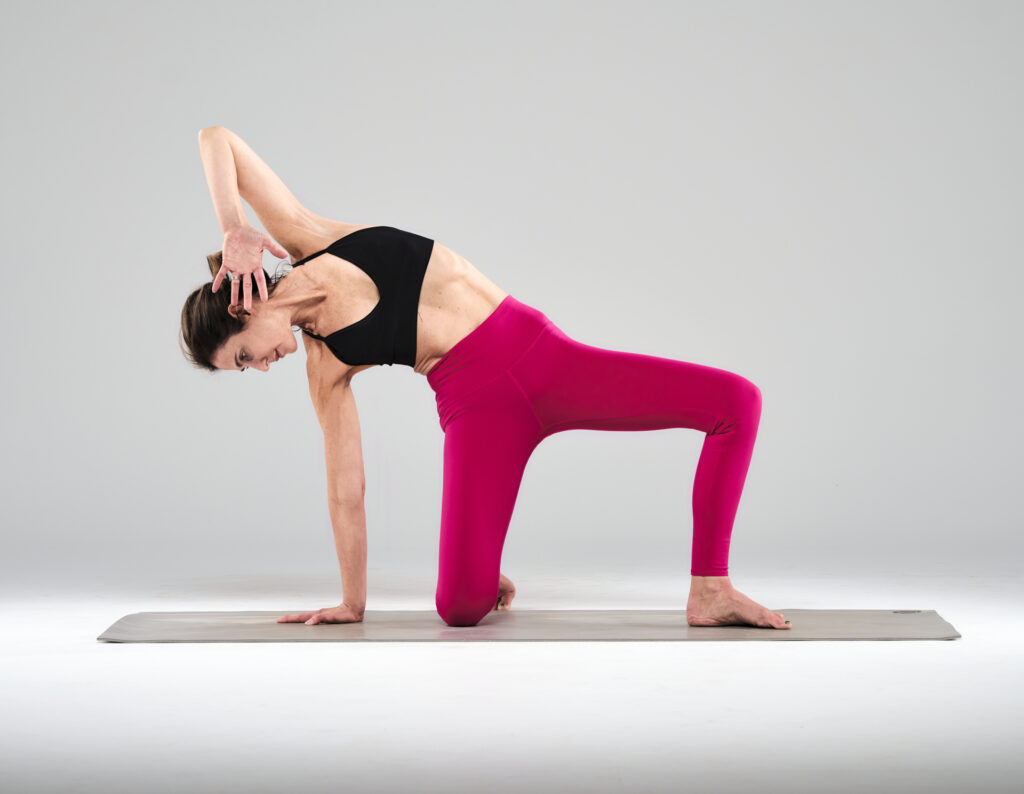Welcome to part three of the three-part How to Have a Happy Low Back series! If you haven’t had a chance to check out part one or part two, I highly encourage you to start there or read them after you finish this article. From the first article, we learned that having a healthy and happy lower back requires three things: stability, mobility, and adaptability.
Stability provides support and structure. Mobility provides freedom of movement. And finally, adaptability puts it all together to allow the spine to predict, perform, and react to any scenario without giving out. This last and final need of the lumbar spine (low back) is what counts the most to allow us to do things like reach into the back seat of a car, catch ourselves from falling when we trip, or get that back corner under the couch when running the vacuum cleaner. Arguably, this is the most important piece of the pie when it comes to low back health. In physical therapy, often someone will stop coming to their sessions once their acute pain is gone not recognizing that pain relief is just the first step. The same problem that brought them to the clinic will likely reoccur without the final step of treatment – training for adaptability.
Adaptability is where we coordinate stability and mobility to ADAPT – Assess, Determine, Act, Ponder, and Turn automatic.
Assess: What is the situation calling for? At high speed, your brain is taking input from the environment to decide a course of action. After sorting through the information, the brain sends motor signals down motor nerves to command the actions you’re asking to do to complete the task. Muscles will respond accordingly. Before performing the action, the brain has considered factors from the current environment and past scenarios. For example: There’s dirt under the couch and I need to vacuum under the couch. How am I going to move to get it? The brain will begin to assess what is needed.
Determine: After you assess the environment and have made a choice to fulfill the action, next up is determining how you are going to get there. The brain is very smart – If you have a history of low back pain and bending over is how you threw out your back before, your brain knows that you want to avoid bending over from the spine to accomplish your task. How are you going to get there? The brain and body will always take the path of least resistance and avoid pain. This is essentially why it is easy for us to develop poor movement habits. We try do it the “easy” way, without even being conscious of it. Bending at the back certainly is easy in the short-term to get under that couch but unfortunately, it puts a lot of stress on those important lumbar vertebrae and could cause breakdown and, eventually, pain. If this movement is already painful, certainly you are going to avoid it by moving a different way. The bottom line is the brain determines which coordinated movement patterns are going to be the best way to get you to the thing you want. In this case – vacuuming under the couch.
Act: In this step, your muscles carry out the action you decided on, hopefully accomplishing the desired task successfully. Perhaps it is bending at the waist, getting down on one knee, or bending the back to get under the couch.
Ponder: After completing the task, your brain creates a feedback loop. Was this movement successful? Did you get what you wanted without feeling any physical pain? Woohoo! Your brain loves this and will remember the success of this strategy when it comes time to get under the couch again.
Turn automatic: As I said before, the process of your brain talking to your nerves which are talking to your muscles which are sending feedback back up to the brain is all happening very fast. Often seemingly automatically. How? By performing the task over and over again, your body has learned the pattern and therefore it takes less effort for your brain to tell your body to perform the task that you’ve done millions of times before. This is how movement becomes effortless. For example, most of us don’t have to think about putting one foot in front of the other to walk. We just do it.
The first key to becoming adaptable in the way you stabilize or move your spine is to make sure the patterns that your brain is learning are patterns that encourage sustainable, appropriate movement. Maintain awareness of how you carry yourself throughout the day and physically train with proper form to teach your body what proper lumbar spine mechanics are. The second key to becoming adaptable is tied to the first and here’s why. It is unrealistic that we will always have 100% biomechanically sound posture all day every day. The question becomes – are you spending more time moving in ways that support your spine, or moving in ways that stress your spine? Have you trained yourself to increase how much stress your back can handle by mobilizing in all three planes of motion and strengthening the core muscles that stabilize the spine? This is why someone who has trained appropriately can bend at the spine to get under the couch once in a while without feeling discomfort. However, someone with a weaker core and stiff back will likely experience pain with the same movement. The first person has made their spine adaptable. The second person has not.
Congrats on making it through the last article of the How to Have a Happy Low Back three-part series! I hope you’ve learned something about what it takes to have a happy lower back. The key is to train your brain and body to develop patterns of movement that will support your back, develop strength in postural stabilizers, and mobilize the spine. By training your body and developing postural awareness, you will create a low back that is stable, mobile, and adaptable.
Check out the low back section on LYT Daily for a variety of classes focused on helping you achieve just that. https://lytyoga.uscreen.io/categories/category-low-back
See you on the mat!
Thalia Wynne, PT, DPT, AT, RYT-200
IG: @thalialovee






